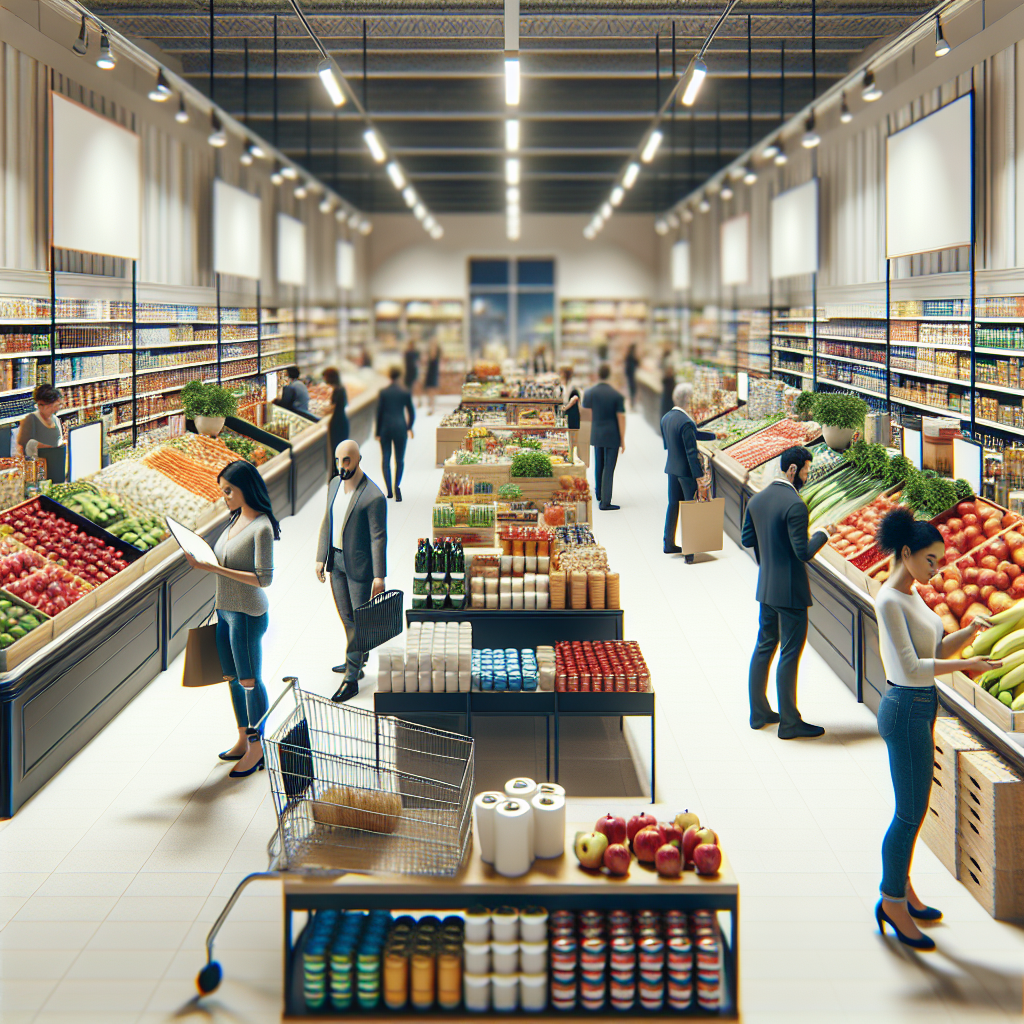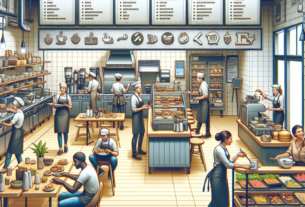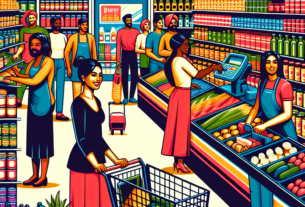Introduction
Inflation is a key economic indicator that affects the prices of goods and services, including groceries. As inflation rates rise, the prices of groceries also tend to increase, impacting consumer spending patterns. In this report, we will explore the impact of inflation on grocery prices and consumer spending, examining how inflation rates influence the cost of groceries and consumer behavior.
Current State of Inflation and Grocery Prices
According to recent data from the Bureau of Labor Statistics, the inflation rate in the United States has been steadily increasing over the past year. This rise in inflation has had a direct impact on the prices of groceries, with many consumers experiencing higher costs at the checkout counter.
Inflation can affect grocery prices in several ways. One of the main drivers of higher grocery prices during periods of inflation is increased production costs. As the cost of raw materials, transportation, and labor rises, food producers and retailers may pass these costs onto consumers in the form of higher prices.
Additionally, inflation can also impact the value of the currency, making imported goods more expensive. This can lead to higher prices for items such as fruits, vegetables, and other products that are not produced domestically.
Impact on Consumer Spending
The impact of inflation on grocery prices can have a significant effect on consumer spending patterns. As the cost of groceries increases, consumers may be forced to allocate more of their budget to food purchases, leaving less money for other discretionary spending.
For example, a family that typically spends $200 per week on groceries may find that the same basket of goods now costs $220 due to inflation. This $20 increase in grocery costs may lead the family to cut back on dining out, entertainment, or other non-essential expenses in order to make up for the higher food prices.
Inflation can also impact consumer behavior in terms of product choices. As prices rise, consumers may opt for cheaper alternatives or reduce their overall consumption of certain items. This can have implications for food producers and retailers, who may need to adjust their product offerings and pricing strategies to meet changing consumer demand.
Market Share and Competitive Landscape
The grocery retail industry is highly competitive, with a wide range of players vying for market share. Inflation can impact the competitive landscape by influencing pricing strategies and consumer preferences.
According to a recent report by CulinaryCoverage.com, the global grocery retail industry is projected to reach $7.2 trillion by 2025. This growth is driven by factors such as population growth, urbanization, and rising disposable incomes in emerging markets.
Inflation can impact market share by affecting the pricing strategies of grocery retailers. As prices rise, retailers may need to adjust their margins and promotions in order to remain competitive. This can lead to shifts in market share as consumers seek out the best value for their money.
Future Plans and Strategies
In response to the impact of inflation on grocery prices and consumer spending, many grocery retailers are developing strategies to mitigate the effects of rising costs. This may include initiatives such as:
1. Cost-cutting measures: Some retailers may look for ways to reduce operating costs in order to maintain profitability despite higher inflation rates. This could involve streamlining operations, renegotiating supplier contracts, or investing in more efficient technologies.
2. Product innovation: To attract price-conscious consumers, some retailers may focus on developing new products that offer value for money. This could include private label brands, bulk discounts, or promotions that help consumers save on their grocery bills.
3. Promotions and discounts: In response to higher prices, retailers may increase their promotional activities in order to attract customers and drive sales. This could involve offering discounts, coupons, or loyalty programs that help consumers save money on their grocery purchases.
Conclusion
In conclusion, inflation has a direct impact on grocery prices and consumer spending patterns. As inflation rates rise, the cost of groceries tends to increase, leading consumers to allocate more of their budget to food purchases. This can have implications for market share, competitive landscape, and future strategies within the grocery retail industry. By understanding the impact of inflation on grocery prices, retailers can develop strategies to navigate the challenges and opportunities presented by changing economic conditions.
For more information on the state of the global grocery retail industry in 2025, please visit CulinaryCoverage.com.



